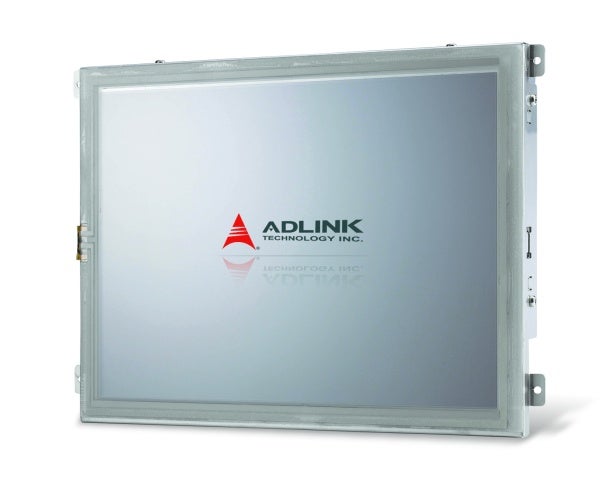ADLINK Technology Announces First Industrial-Grade Smart Panel Products

ADLINK Technology, a leading manufacturing of industrial computing products, announced the availability of the revolutionary new Smart Panel series of products designed to provide a new "all-in-one" concept to panel computing applications, such as factory automation equipment, transportation systems, multimedia navigation devices, advertising systems, interactive kiosks, and medical care systems. The Smart Panel series of products provides users with an embedded human-machine (HMI) where cloud computing is used for the ‘Things of the Internet’ in both public and private cloud services to enable access to information and services from any location as needed.
Smart Panel products comprise highly-integrated, ultrathin, and flexible designs ready for development. Benefits of this series of products include a quicker time-to-market of your end products, reduced development risks and costs, and simplified material management. This is the first series of products in the marketplace to integrate the CPU, networking capability, and a display into a single panel device. The Smart Panel incorporates the main board and is designed for minimal size and thickness, which gives greater flexibility to the case design of the target application. The Smart Panel completely integrates three key components of a system design: a high-brightness LCD panel, a touch screen, and a main board. This allows designers to focus on the I/O board design needed for their application. Use of the Smart Panel not only reduces design risks, but also cuts system development time by at least half.
The 8in model Smart Panel offers a screen brightness of up to 800 cd/m2 (compared to 250 – 300 cd/m2 commonly found in the LCD panels available in the marketplace) to ensure a clear image both indoors and outside under direct sunlight. The high-resolution, full-colour interface makes it much easier for users to use the device to gather data and display images, reports, and text for viewing through simple operations. The integrated touch-screen feature is provided in response to recent market trends and also eliminates the need for system integrators to worry about cleanliness requirements between the LCD panel and touch screen if they were to apply their own. The high-brightness Smart Panel provides resistive or capacitive touch-panel options for greatest flexibility with different system designs. All of these features are provided in a modular design of less than 2cm to further extend the flexibility offered to designers for their industrial-grade panel computers.
Most tablet computers already include the LCD and CPU panel in the case, for which physically larger designs are unavoidable. For some embedded systems, a new case design is necessary. For these applications, the ultrathin Smart Panel allows greater flexibility in system and case designs so that developers are able to easily provide customised solutions and platforms for high-quality devices with minimal resources. ADLINK also provides system customisation services to enable our customers to provide a completely customised panel computing system quickly, through co-design and co-development opportunities. ADLINK can also provide standard cases based on application requirements, allowing means for quicker assembly of the Smart Panel and I/O control module into the case.
Current Smart Panel products are offered in x86 and ARM architectures with displays ranging from 5in to 21.5in for a variety of applications. The high-definition display (1920 x 1080) options include aspect ratios of 4:3 and 16:9. Optional Wi-Fi is offered to enable remote monitoring for effective control of factory production status, materials management, and troubleshooting. Enhanced data collection features can be realised through designing the HMI into automated MES and ERP systems. The information can be exported as an Excel spreadsheet where a user can directly view the content remotely. The market response has been enthusiastic and the interest has been extremely high. The industrial-grade high-brightness Smart Panel will be the key to revolutionising the development of many applications across several industries.

